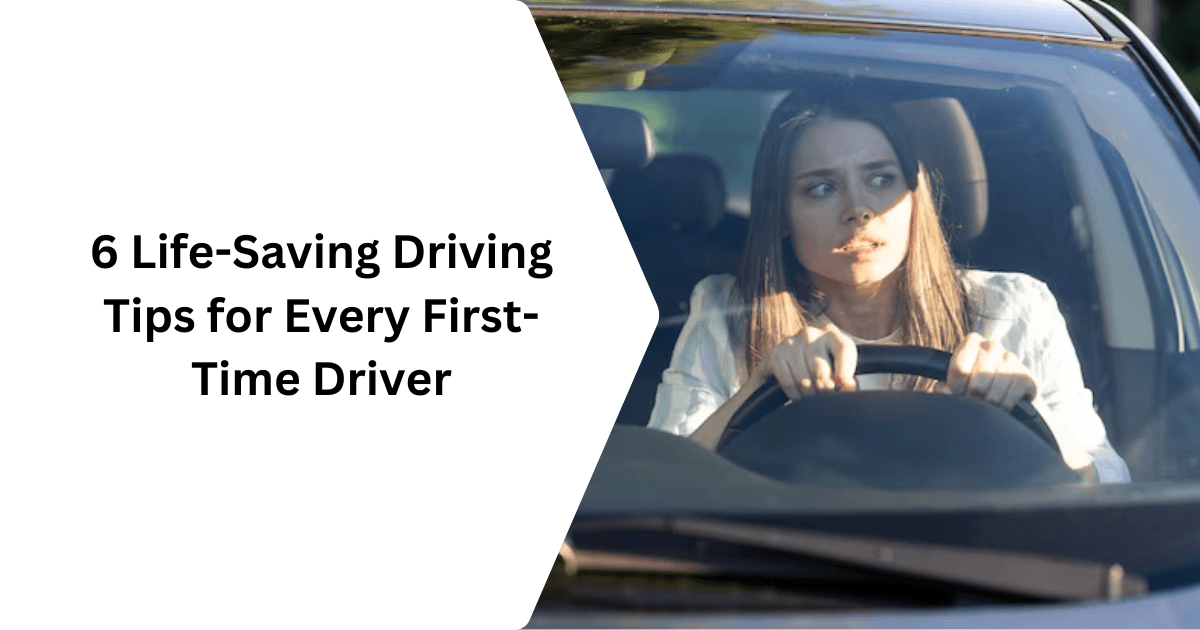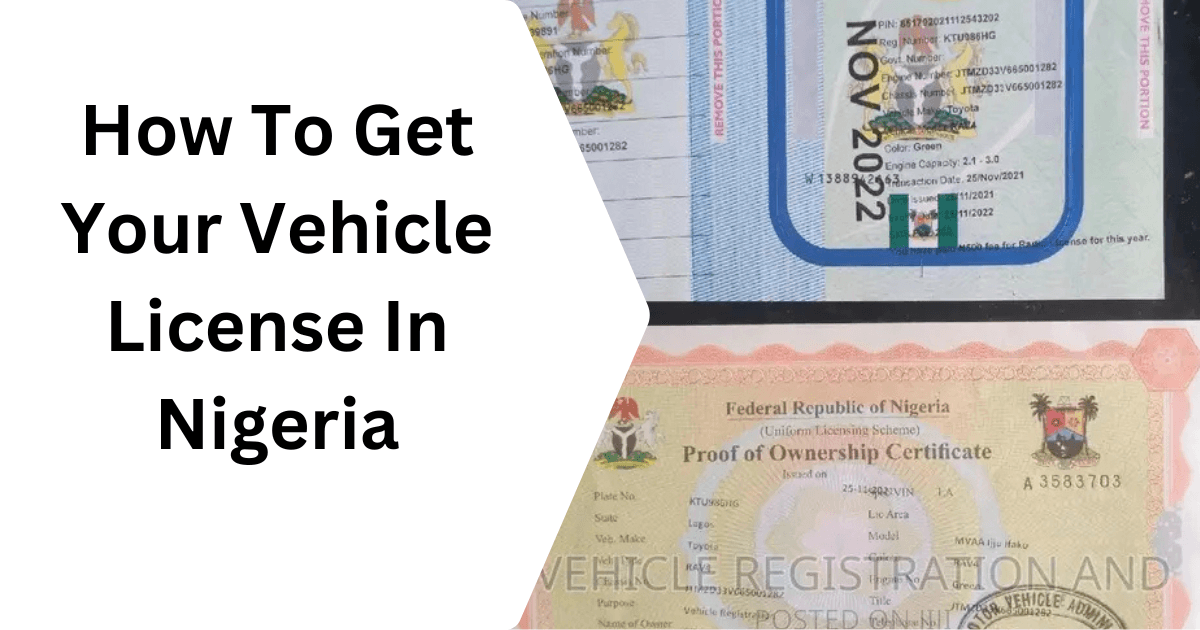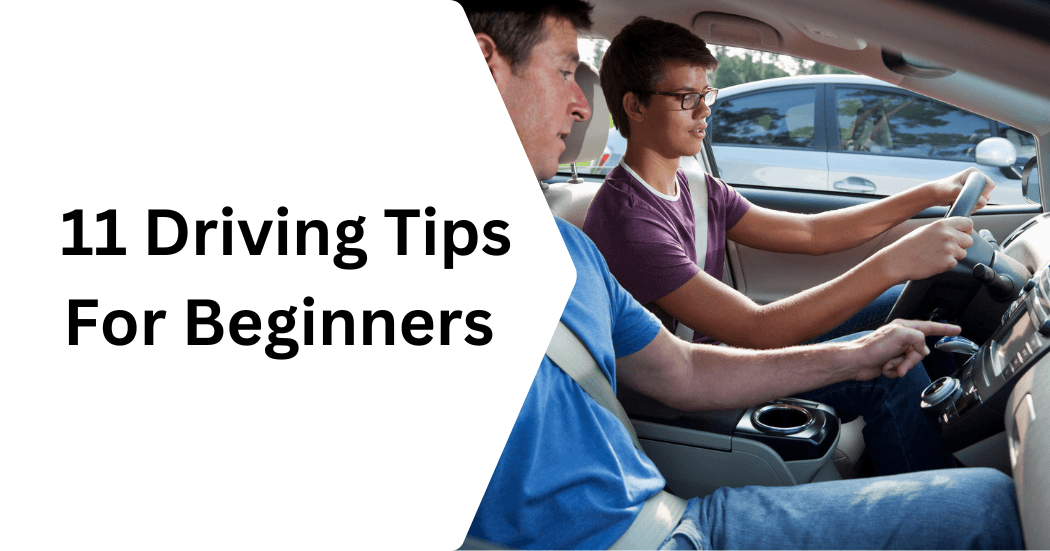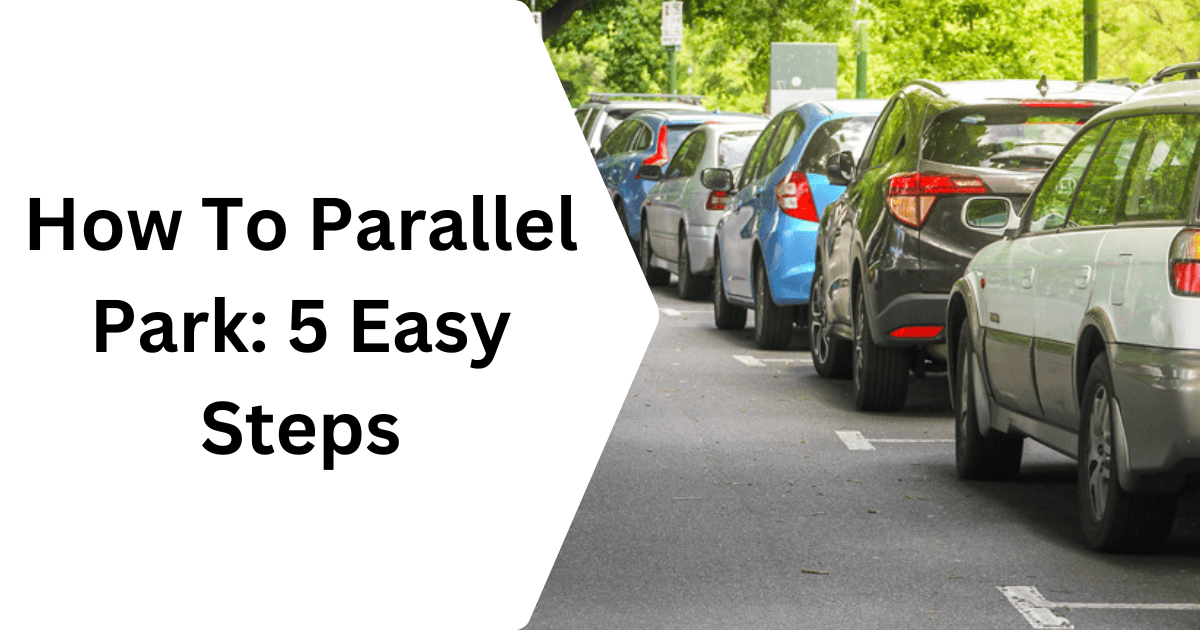Learning to drive is exciting but can feel a bit scary for first-time drivers. Passing the driving test is a big step, but driving alone and making decisions on the road is the real challenge. With the right knowledge and lots of practice, new drivers can stay safe and build confidence. Here are six important tips to help every first-time driver feel ready and in control on the road.
Always Wear Your Seatbelt
Wearing a seatbelt is one of the easiest ways to protect yourself when driving. A seatbelt holds you securely in place, reducing the risk of serious injury if you’re in an accident. Even if you’re driving slowly or going on a short trip, wearing a seatbelt is essential, as accidents can happen anywhere and at any time. Simply putting on your seatbelt before you start driving can make a huge difference in your safety.
Using your seatbelt is also the law in most places, meaning you could get a fine if you or your passengers aren’t buckled up. But more importantly, it sets a good example for passengers, encouraging them to use their seatbelts, too.
Learn Defensive Driving Techniques
Defensive driving means staying cautious and prepared for anything that might happen on the road. It’s about expecting that other drivers might make sudden moves, like stopping quickly or changing lanes without signaling. Defensive drivers keep a safe distance from other cars, drive at a steady speed, and stay aware of what’s happening around them. This way, they can react in time if something unexpected happens.
Learning defensive driving techniques helps you stay calm and in control, even in busy or challenging situations. It also reduces your chances of accidents by helping you make smart choices, like slowing down in heavy traffic or avoiding distractions.
Follow the Speed Limit
Speed limits are set to keep everyone on the road safe. Driving too fast can make it harder to stop quickly and control your car, especially if something unexpected happens, like a car stopping suddenly or a person crossing the road. Following the speed limit gives you more time to react, making it safer for both you and others around you.
Sticking to the speed limit also helps you avoid costly fines, which are common penalties for speeding. Besides, driving at a safe speed makes for a more relaxed and enjoyable drive, as you’re less likely to make sudden stops or turns.
Keep a Safe Following Distance
Keeping a safe distance from the car in front of you gives you more time to react if it stops suddenly. A good rule is to stay at least three seconds behind the car ahead; this means if they stop quickly, you have enough space to slow down or stop safely. In wet or icy weather, increase this distance even more to stay safe on slippery roads.
Maintaining a safe following distance also helps reduce stress while driving. You’ll feel less pressured by the car in front and can focus better on the road ahead.
Avoid Distractions at All Costs
Staying focused on the road is one of the most important things you can do as a driver. Distractions like texting, eating, or adjusting the radio take your eyes off the road and increase the risk of accidents. Even a few seconds of lost focus can lead to serious consequences, as things can change quickly on the road. Keeping both hands on the wheel and paying full attention helps you drive safely.
Avoiding distractions also makes you a more responsible driver. When you’re fully focused, you can react faster to sudden stops, turns, or changes in traffic. Make it a habit to put your phone away, set up your music or GPS before driving, and remind yourself to stay alert.
Practice Safe Parking
Learning to park safely is an important skill that every driver should master. Safe parking means choosing a spot where your car won’t block others or get in the way of traffic. Whether you’re parallel parking on the street or backing into a spot in a parking lot, go slowly and use your mirrors to help guide you. Practicing these parking techniques in quiet areas can help build your confidence.
Safe parking isn’t just about putting the car in the right spot; it’s also about making sure you’ve left your car securely. Always put your car in “Park” (or in gear if it’s a manual car), engage the handbrake, and check that all doors are locked.
Wrap Up
Becoming a confident and skilled driver takes time, practice, and patience. The more you drive, the more experience you’ll gain, allowing you to handle various road conditions with ease. Regular practice in different environments is essential for improving your overall driving skills.
If you’re looking for more tips to enhance your driving knowledge, check out our other categories for helpful guides and practical advice. From defensive driving techniques to vehicle maintenance tips, we have resources to support you on your driving journey.
Remember, continuous learning is key to becoming a safe driver. Whether it’s mastering parking, handling traffic, or navigating highways, take each challenge as an opportunity to grow. With dedication and the right mindset, you’ll soon be a confident driver ready to tackle any road.




